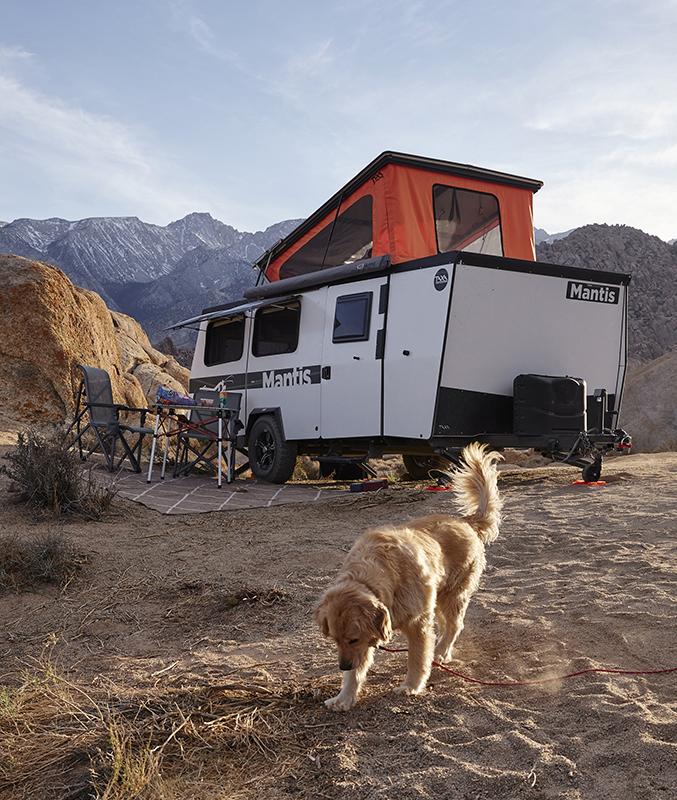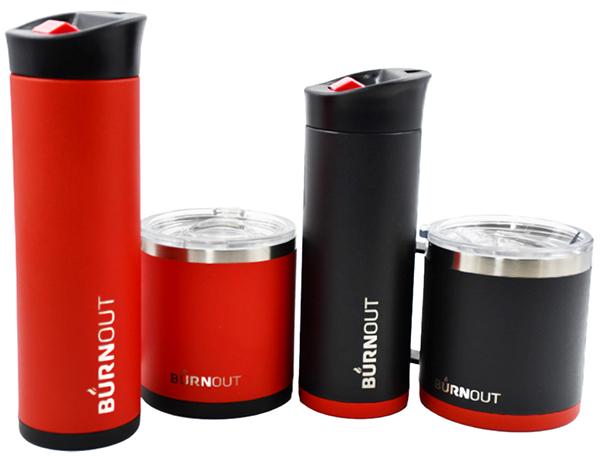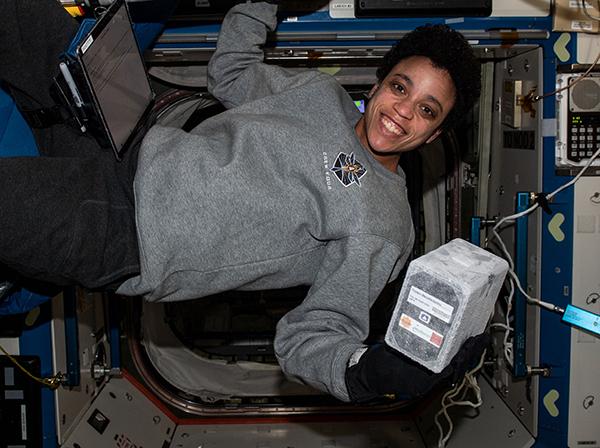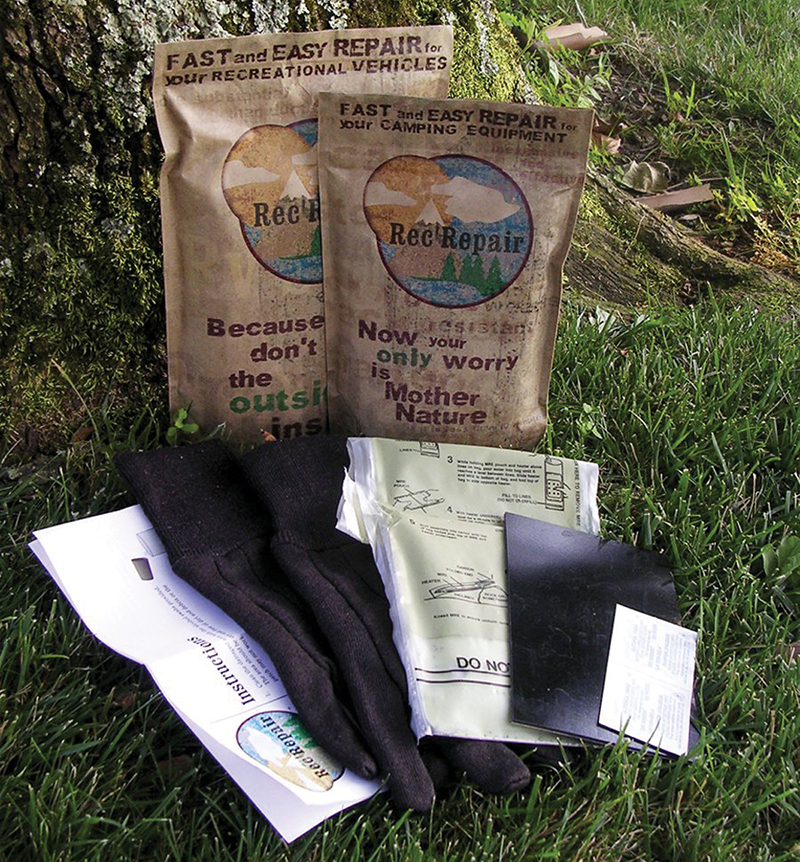
Lightweight Material Patches Allow for Quick Repairs
Originating Technology/NASA Contribution
Here on Earth, if your sink springs a leak, you can call in a plumber, or if you’re handy, you can head out to the local hardware store, buy a few replacement parts, and fix the problem yourself. If the leak isn’t particularly bad, you can even place a bucket under the sink to catch the dripping water and put the chore off until the weekend. These options aren’t exactly available to astronauts working on the International Space Station. They can’t call in a specialist to make repairs when problems occur, and they can’t run out to the hardware store for the exact parts needed for a repair. Plus, there isn’t much free time in an astronaut’s onboard schedule. Repairs need to be made as soon and as efficiently as possible. Toward that end, NASA funded the design of simple and reusable patch repair systems for servicing, maintaining, and repairing structural components in space without the need for heavy machinery or an expense of time.
Partnership
Cornerstone Research Group Inc. (CRG), of Dayton, Ohio, works in a variety of fields to produce high-tech solutions and provide technology development services. CRG specializes in transitioning new ideas from the laboratory to the market, which made it a good fit for working with NASA. It has been the recipient of 16 Small Business Innovation Research (SBIR) contracts with NASA, with a variety of different focuses, including projects like creating inflatable structures for radio frequency antennas and, most recently, healable polymer matrix composites for future space vehicles. One of its earlier SBIR contracts, with Kennedy Space Center, led to the development of a new type of structural patch for a variety of consumer uses. While this particular project only ran through a Phase I contract with NASA, according to CRG’s Brenda Hood, “So much happened during that initial Phase I research that we knew we had a product with a lot of commercial value.”
CRG Industries LLC, of Dayton, Ohio—a spinoff company of Cornerstone designed to manufacture and distribute the state-of-the-art materials developed by its parent company and specializing in moving the advanced research into the consumer markets—has commercialized the NASA-derived material under two trademarked names: Rubbn’Repair, for automotive uses; and Rec’Repair for the outdoors and adventure market.
Product Outcome
The Rubbn’Repair patch is tailored for automotive use, providing rigid, strong repairs for holes and damage to body panels, fenders, and bumpers, with the capability to even replace missing structural or body material. Once the adhesive patch is heated to approximately 194 °F, it becomes flexible and moldable and can be applied to the damaged area. When the material cools—in seconds—it becomes a rigid structural patch.
In auto racing applications, where the cars are exposed to constant stresses and repairs need to be conducted as quickly as possible, the patch makes for an ideal temporary fix. Since the adhesive can be heated multiple times, pit crews can store the nontoxic patches ready for use, continually applying moderate heat to keep the product flexible until use. Once the patch is applied, the car can be back on the track in a matter of seconds, with the patch able to withstand the vibrations and stresses of high speeds. The Rubbn’Repair patch is a structural composite, and unlike typical racing tape, will not degrade and delaminate at high speeds, providing a quick option for restoring aerodynamic shaping and preventing further damage.
It is also available for use in standard auto repair, where once it has been applied, the material can be machined and painted, providing a structural alternative to the thin patches usually used in bodywork. It can also be used behind a bumper, providing rigid adhesion and structure while a hole is repaired with conventional fillers. Once cured, the patch will not degrade, crack or crumble; it is waterproof, UV-resistant, vibration resistant, and can withstand typical weather-related temperature fluctuations. Rubbn’Repair has been particularly embraced by the trucking industry, where quick repairs on the road allow goods to be delivered on time, and pulling over on the side of the road to patch a leak in a refrigerated truck’s insulation or hold a broken piece of fender on long enough to get the product delivered is highly preferable to stopping for professional repair.
Based on the same technology, CRG created another application for the composite material: a portable patch for a variety of outdoors and emergency applications. Rec’Repair is a fully cured repair patch, consisting of high-tensile fabric, the patented shape-changing resin, and an industrial-strength adhesive surface on one side. When heated, the patch becomes pliable and can be shaped to fit a wide assortment of angles. The patch becomes rigid when it cools, providing a water- and weather-resistant solution that is stronger than duct tape, and takes fewer than 10 minutes to apply.
Rec’Repair is designed to meet the needs of campers, boaters, vacationers, and adventurers when they need an emergency, temporary structural patch, whether it is for a cooler, fishing rod, or even the bottom of a canoe. It is lightweight and easily packed and carried, and allows for broken or damaged gear to be repaired on the fly, with little delay.
Low levels of heat, such as those provided by a hot air gun or even a short period in the microwave, are enough to make the patch flexible. For field use, though, the patch comes with a water-activated heating pouch similar to those used in military “Meal, Ready to Eat” (MRE) packaging that, in 10 minutes, warms the patch enough to become flexible for application. Once the patch is flexible, the user removes the adhesive backing, and then applies the patch to the desired area, pressing firmly with just hand pressure. After the patch cools, the damage is repaired.
Applications for this space-derived, portable, moldable patch are nearly limitless. According to Hood, “People know that NASA conducts a lot of high-tech, cutting-edge experimental work, and that oftentimes products develop out of this work. This is one of those products.”
Rec’Repair® and Rubbn’Repair® are registered trademarks of Cornerstone Research Group Inc.
structural patches.
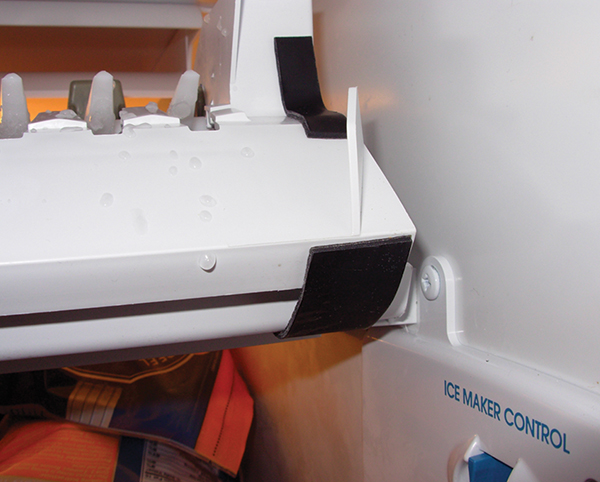
The patches are capable of withstanding extreme cold without breaking down.
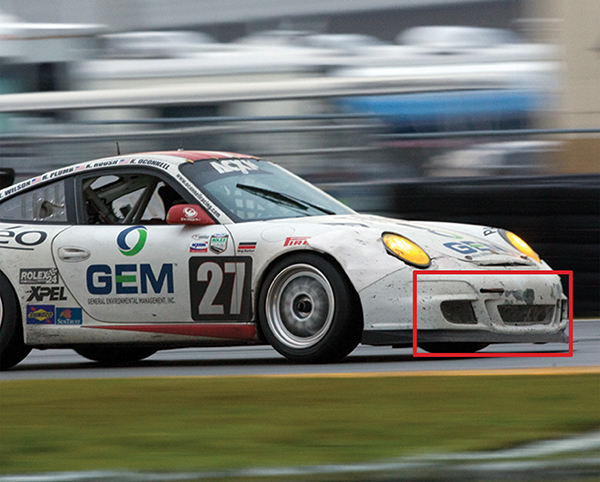
Heated to about 194 °F, the material becomes flexible and moldable to any repair surface. As it cools, it becomes rigid again and retains the new shape. At operating temperatures, the material is rigid and strong.
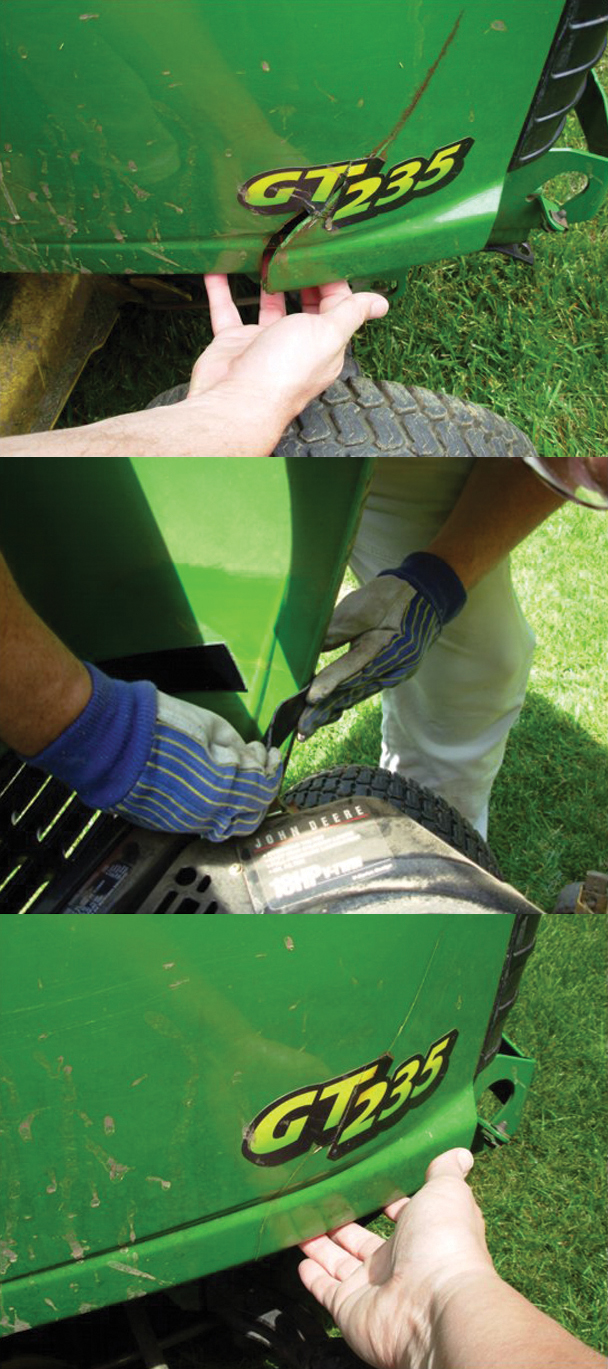
The patch becomes rigid after it is shaped and then cooled, creating a durable, water-resistant, structural repair that does not crumble or peel.

Rec’Repair is a tough, formable patch for easily repairing holes and damage to aluminum, steel, other metals, fiberglass, glass, painted surfaces, plastic, some wood, stiff vinyl, copolymers, and composites.









